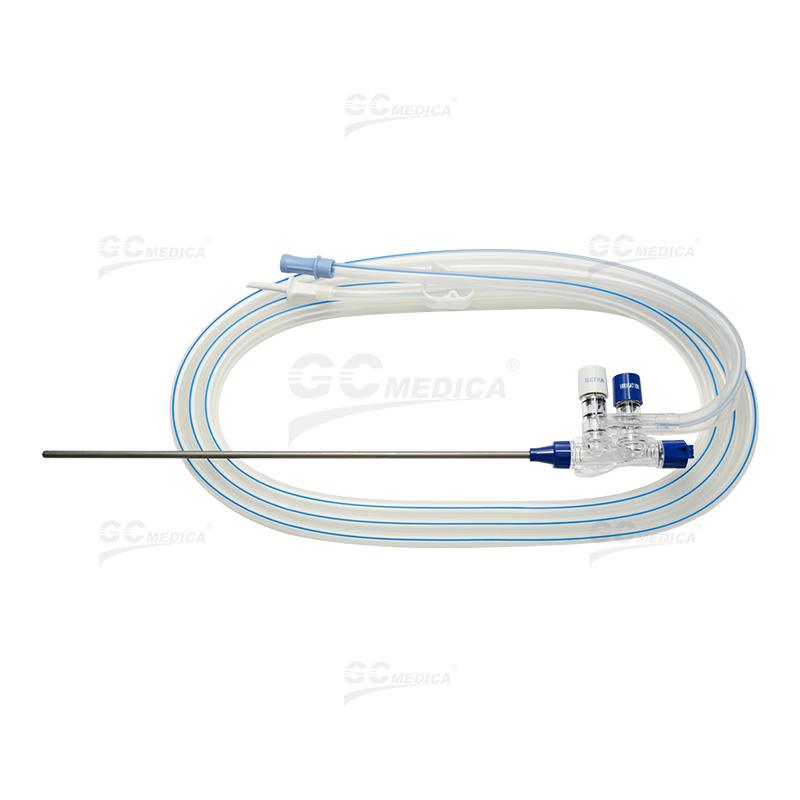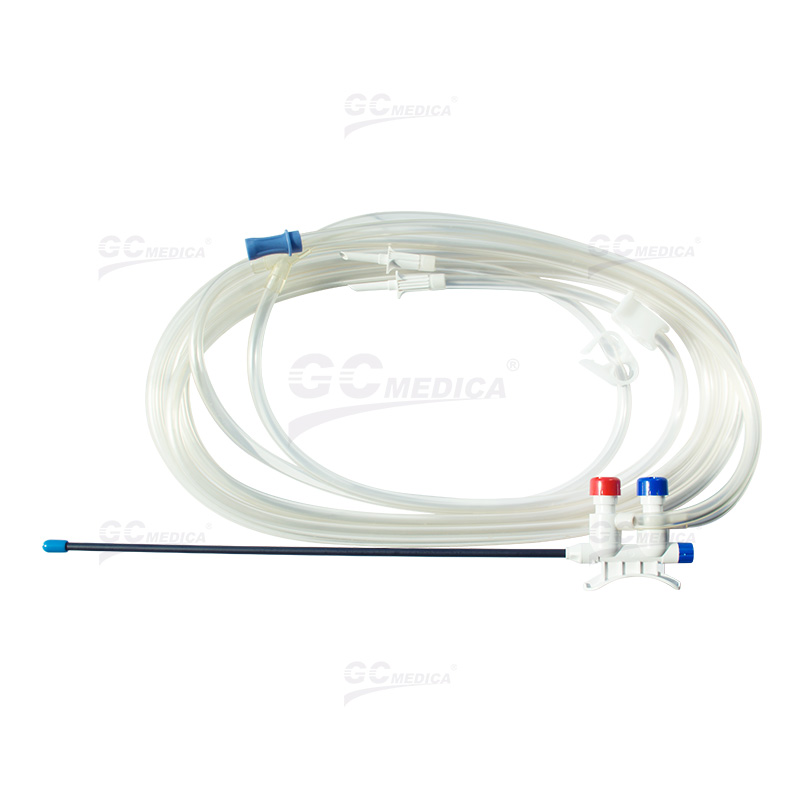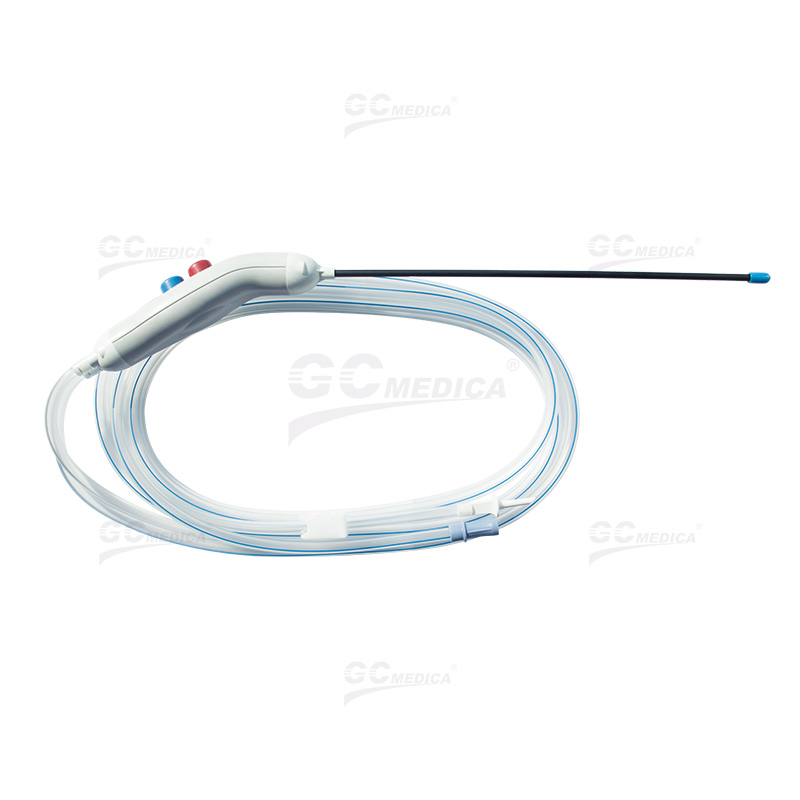Laparoscopic suction irrigation is an essential technique in modern minimally invasive surgery, providing surgeons with improved visibility and enhanced control during procedures. By combining suction and irrigation functions, this method not only clears the surgical field but also helps reduce infection risks and improves overall procedural efficiency.
| |
| Suction Irrigation Tube | |
| Laparoscopic Suction Irrigation Tube | |
| Suction Irrigation Laparoscopy | |
Enhanced Visibility and Surgical Precision
One of the primary benefits of laparoscopic suction irrigation is the significant improvement in visibility during surgery. The dual functionality of suction and irrigation allows surgeons to efficiently clear blood, fluids, and debris from the operative site. This clarity is critical in laparoscopic procedures where visual guidance is paramount. Enhanced visibility leads to:
Accurate Identification of Anatomy: Clearer images help in the precise identification of anatomical structures, reducing the likelihood of accidental damage.
Improved Precision: With a cleaner view, surgeons can perform delicate maneuvers with greater accuracy, which is essential in complex or sensitive surgical areas.
Faster Decision-Making: The ability to quickly clear the field minimizes interruptions, allowing for more timely adjustments during the procedure.
Reduction in Infection Risk
Another key benefit of laparoscopic suction irrigation is its role in reducing the risk of postoperative infections. By continuously irrigating the surgical site and promptly removing contaminants, the system helps maintain a sterile environment. This is particularly important in procedures where contamination could lead to severe complications. Benefits include:
Lowered Bacterial Load: Continuous irrigation helps dilute and wash away potentially harmful bacteria, reducing infection rates.
Efficient Debris Removal: Effective suctioning removes tissue fragments and other debris, which could otherwise harbor pathogens.
Enhanced Wound Healing: A cleaner surgical site promotes better healing, leading to improved patient outcomes.
Efficiency and Reduced Operating Time
The integration of suction and irrigation into a single device streamlines the surgical process. Instead of switching between multiple instruments, surgeons can rely on one tool to manage fluid and debris. This integration leads to:
Time Savings: The simultaneous use of suction and irrigation reduces the time required to clear the operative field, shortening overall procedure times.
Simplified Workflow: Fewer instrument exchanges translate to a smoother, more organized surgical process, which is especially beneficial in high-stakes or emergency situations.
Cost-Effectiveness: Reduced operating times and enhanced efficiency can contribute to lower overall procedural costs, benefiting healthcare providers and patients alike.
Clinical Applications
Laparoscopic suction irrigation is versatile and applicable across a wide range of surgical disciplines. Its benefits are most pronounced in procedures where minimal invasiveness is critical for patient recovery and overall success.
Abdominal and Gastrointestinal Procedures
In abdominal surgeries, maintaining a clear operative field is crucial. Laparoscopic suction irrigation is widely used in procedures such as appendectomies, cholecystectomies, and bowel resections. The continuous irrigation helps remove blood and fluids, ensuring that the surgeon has a clear view to identify and manage any complications during the operation.
Gynecological Surgeries
Gynecological procedures, including hysterectomies and ovarian cyst removals, benefit significantly from laparoscopic suction irrigation. In these surgeries, where precision is critical, the technique aids in managing intraoperative bleeding and fluid accumulation, thereby minimizing potential risks and facilitating quicker recovery times.
Emergency and Contamination Control
In emergency situations, such as the management of intra-abdominal infections or trauma, the ability to swiftly clear contaminants from the surgical area can be lifesaving. Laparoscopic suction irrigation proves invaluable in these high-pressure scenarios by providing rapid and efficient cleansing of the operative field, thus mitigating the risk of septic complications.
Conclusion
Laparoscopic suction irrigation has revolutionized minimally invasive surgery by enhancing visibility, reducing infection risks, and streamlining surgical procedures. Its application across various surgical fields underscores its versatility and importance in modern clinical practice. As technology continues to evolve, the integration of advanced suction irrigation systems promises further improvements in surgical outcomes and patient care.
Related Products

 Français
Français Español
Español Products
Products
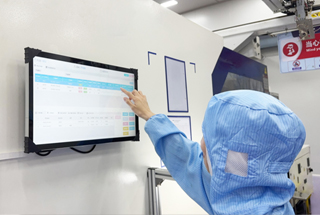
 About Us
About Us




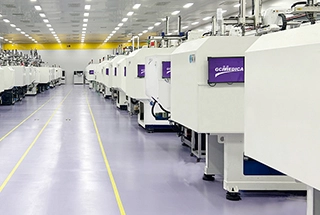


 Laparoscopic Suction Irrigation Set Online Promotion
Laparoscopic Suction Irrigation Set Online Promotion